
In Photos: Mima Mounds Around the World
Prairie Mounds
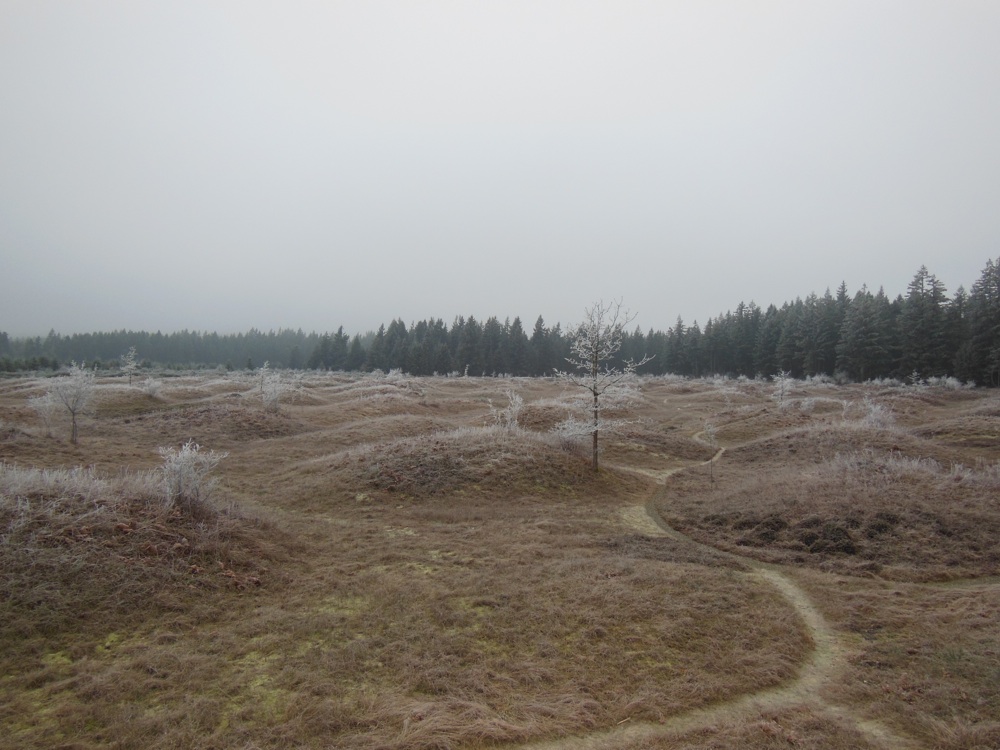
In the prairies of Washington, hundreds of large, vegetation-topped mounds — dubbed mima mounds — cover the landscape in a seemingly non-random pattern. Over the years, scientists have proposed numerous theories to explain these and other mimalike mounds across the globe, the most popular of which implicate animals, particularly gophers and termites, for the pimply blemishes. [Read full story]
Spatial patterning
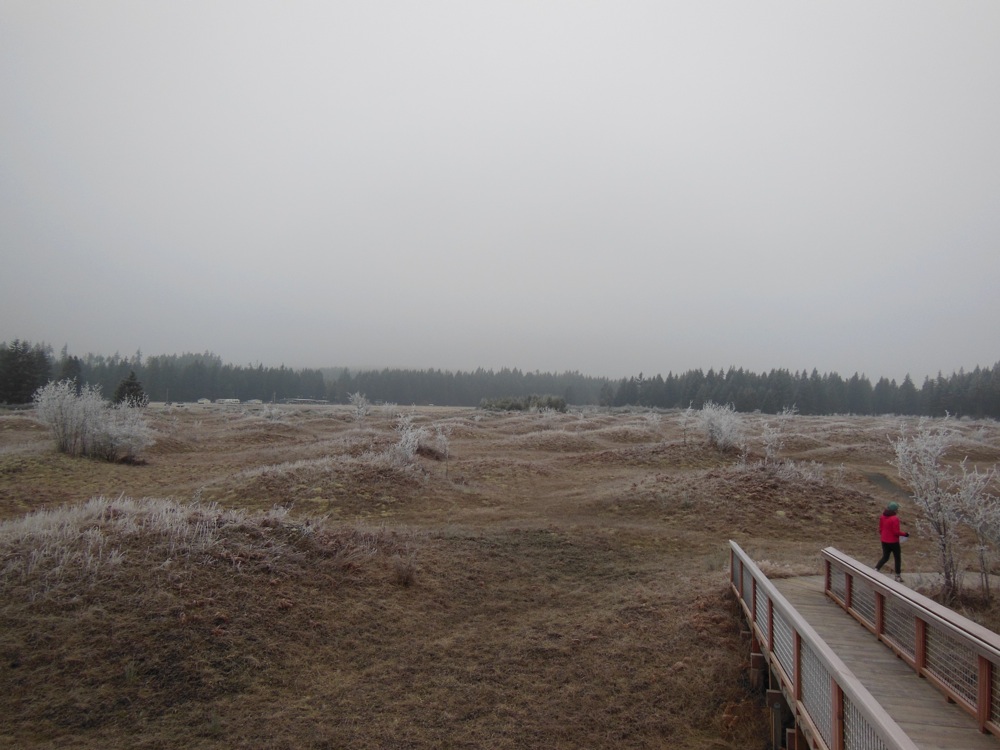
Michael Cramer, a biologist at the University of Cape Town in South Africa, and his colleague Nichole Barger, think this vegetation spatial patterning is the culprit for not just the prairie mima mounds but other earthen mounds around the world as well. In this process, plants spread their roots, draining surrounding areas of water and nutrients. Meanwhile, the soil in which the plants (and their roots) grow remains cushy — full of water and food. Shown here, mima mounds in the prairies of Washington. [Read full story]
Growing mounds
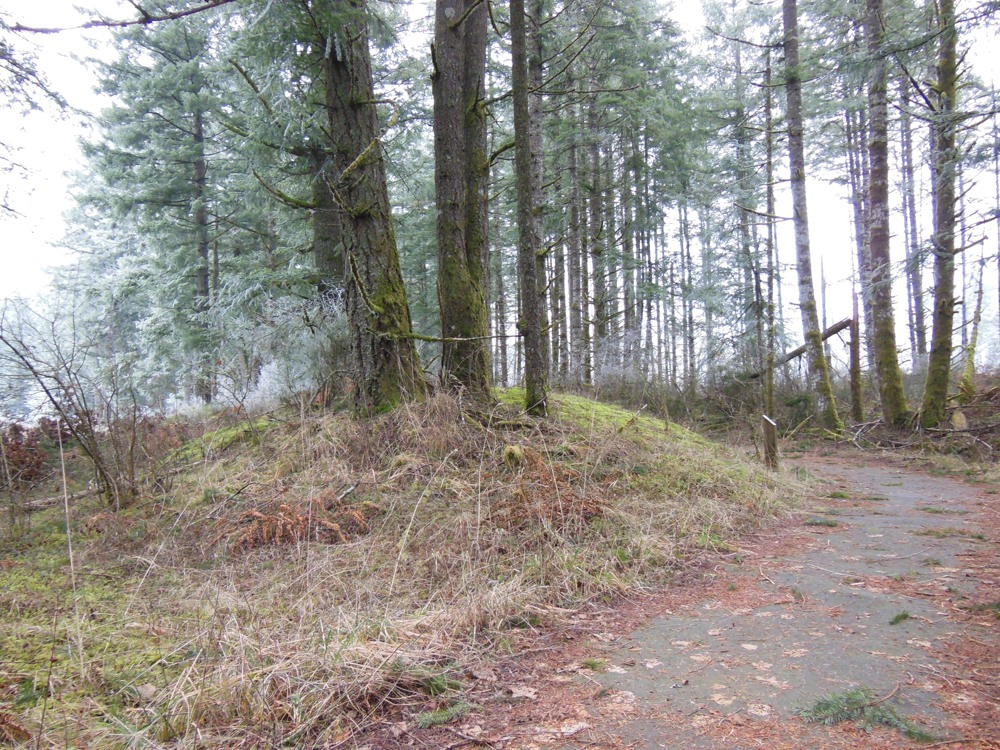
As resources get drained from areas between the vegetation patches, they build up on the patches, ultimately creating these fertile islands that are regularly spaced across a region, such as in this prairie in Washington. These mounds grow over time. [Read full story]
Mima mounds
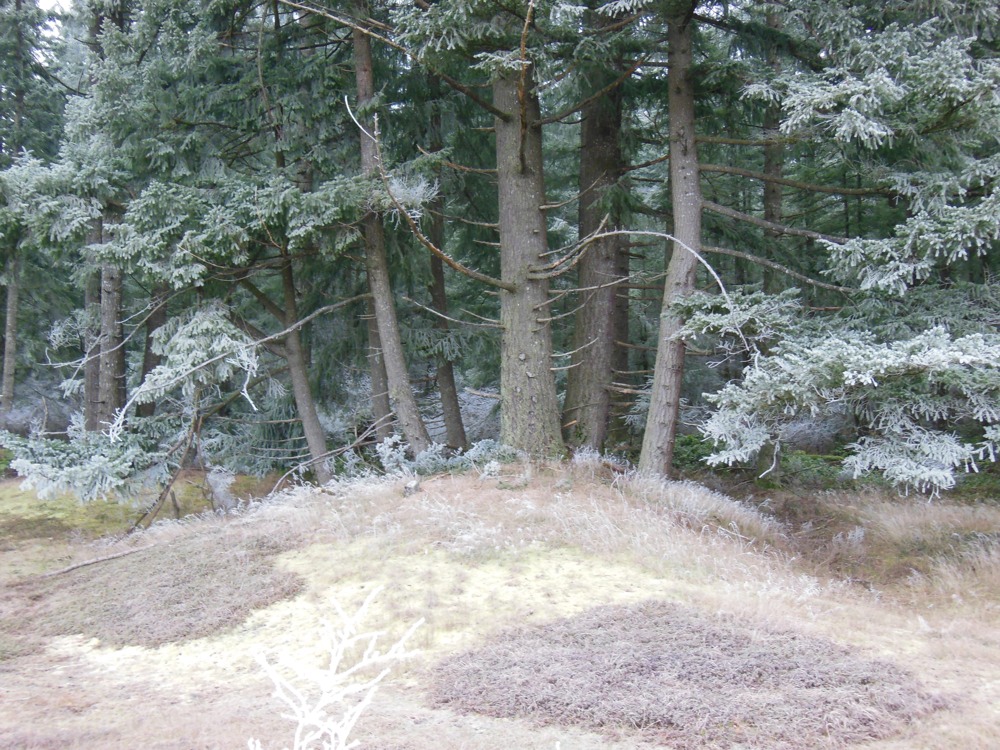
The researchers say the plants don't directly create these mounds. Rather, they affect the deposition of soil and also can reduce erosion within the mounds. "If you have a patchwork of vegetation islands, they protect the soil from erosion, while the inter-patch soil gets eroded away," Cramer said. "This results in a deflation of the surface, which leaves behind the mounds." [Read full story]
Mima mound flowers

These mima mounds were named in 1841, when the "mima" prairie was discovered in western Washington during the U.S. Exploring Expedition. Here, spring wildflowers flourish in Mima Mounds National Area Preserve in Washington. [Read full story]
Nabkhas
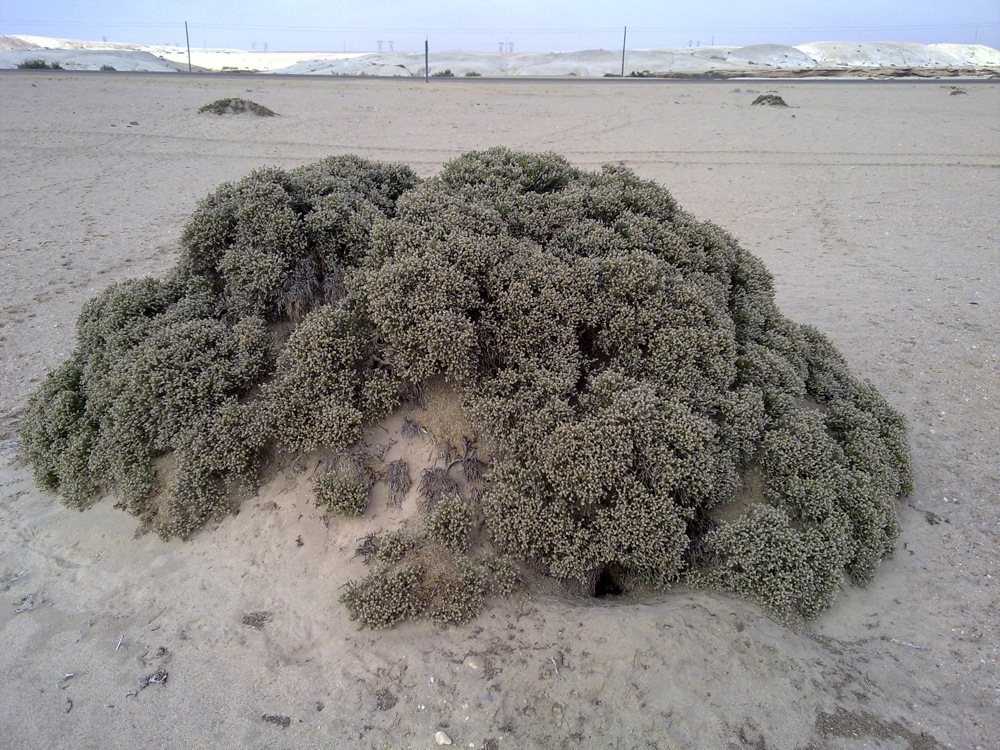
These earthen mounds have been identified on every continent except Antarctica. Mounds called nabkhas or coppice dunes form in semi-arid regions, forming when wind deposits sand around shrubs and clumps of vegetation. Here, a coppice dune near Swakopmund, Namibia. [Read full story]
Colorado mounds
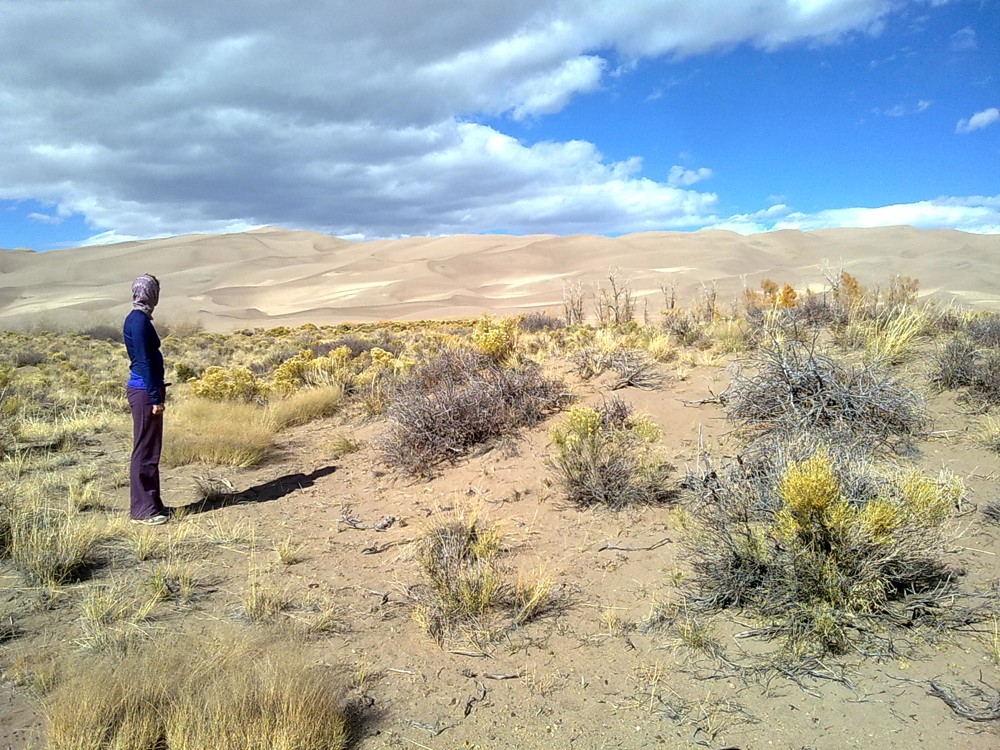
These nabkhas or coppice dunes are also found in the United States, such as the ones shown here from Great Sand Dunes Park in Colorado. As the sand around vegetation clumps gets taller, those plants collect even more sand to expand these mounds. [Read full story]
Sign up for the Live Science daily newsletter now
Get the world’s most fascinating discoveries delivered straight to your inbox.
Trapping earth
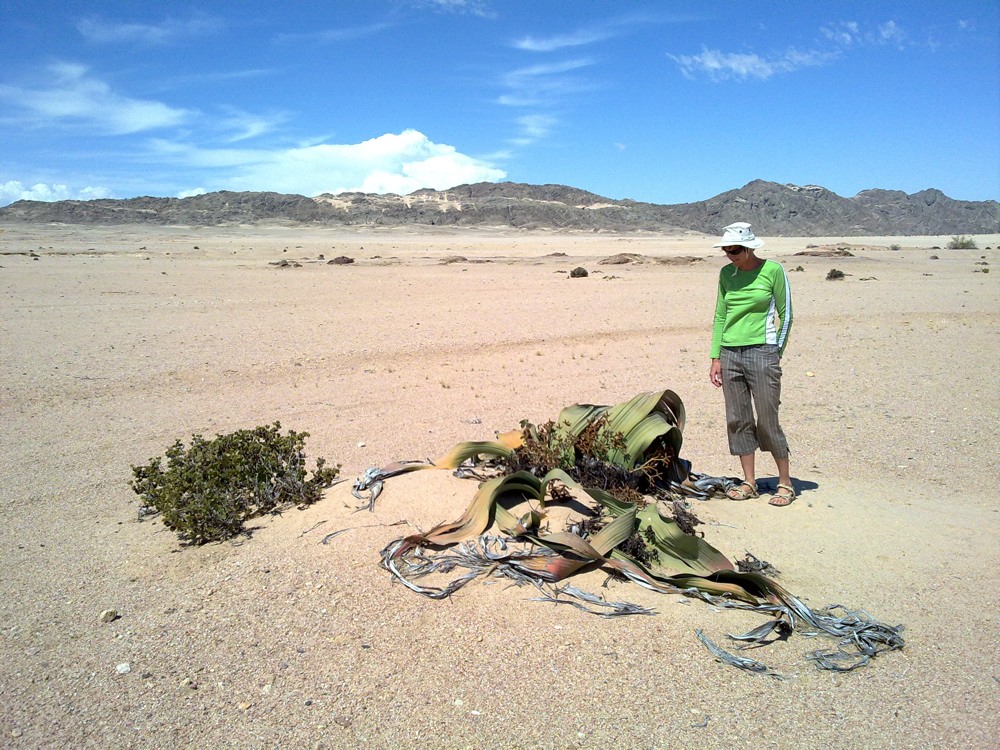
Welwitschia plants in Namibia also make small coppice dunes called nabkhas.
Heuweltjie mounds

Here, mimalike mounds formed from heuweltjie soils in Clanwilliam, South Africa.
Several theories have been put forth to explain mimalike mounds, with some researchers suggesting an animal origin. For instance, scientists have said pocket gophers may be the creators of mounds in the United States, while termites are suspected as creating the heuweltjies' mounds of South Africa along with the murundus of Brazil. [Read full story]
Rock from mound
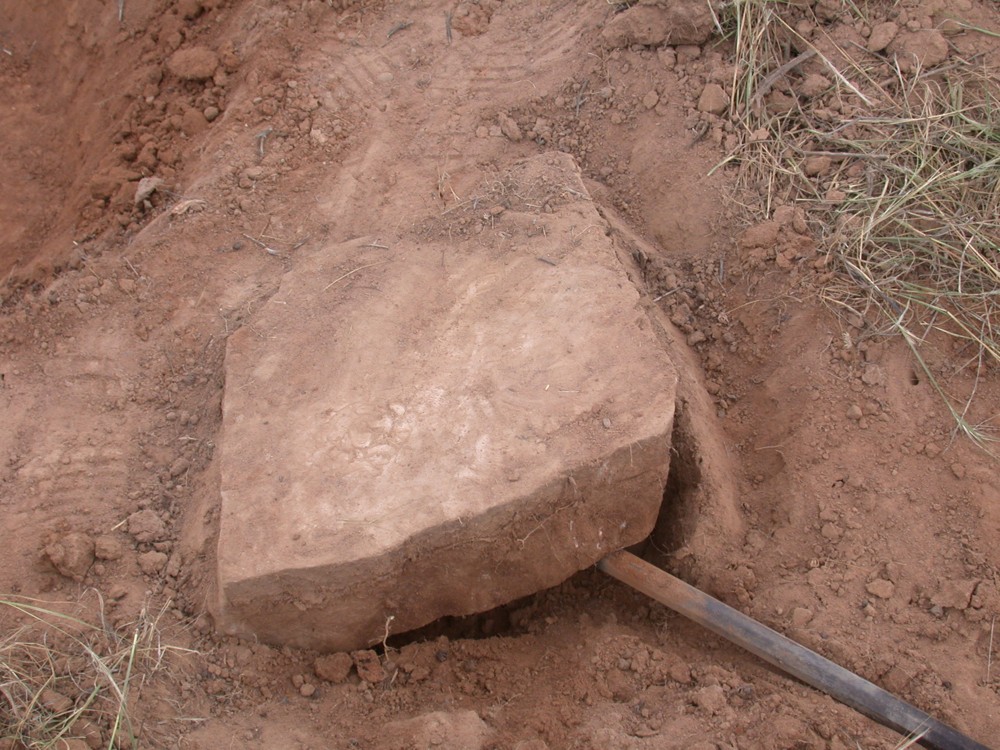
One issue with the faunal theory for mimalike mounds has to do with the rocks found within these mounds. Often, those rocks are too large for any of the mima suspects to have carried there. For instance, here a 1.6-foot (0.5 meter) rock found buried in hewuweltjie, which isn't consistent with termites. [Read full story]











